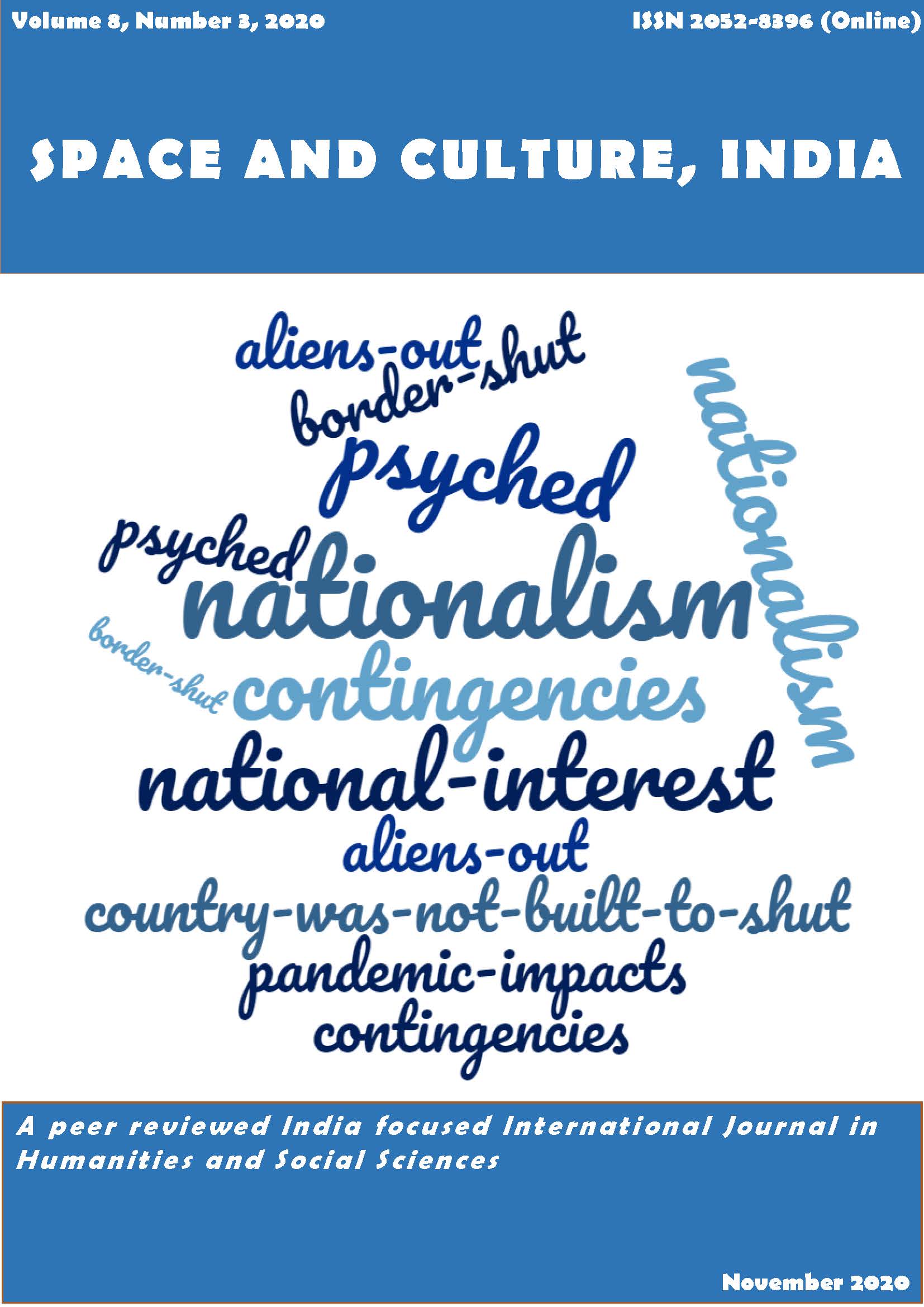Cultural Integration of Inter-State Migrants in Asansol, West Bengal

Abstract
Migration brings about changes in the cultural traits of both migrants and the receiving society. This becomes even more crucial, especially for India, which is characterised by rich cultural diversity and substantial inter-state migration. Cultural integration is the strategy of cultural exchange wherein one community incorporates changes without sacrificing its own culture and thus, pave the way for a more stable and harmonious society. Migration in Asansol dates back to the early 19th Century when the newly set up coal mining and the subsequent industrial development generated the demand for labour. Migrants brought with them a distinct culture which had to be reconstructed in the new cultural setup. This study is an attempt to understand the phenomena of cultural and psychological integration of the migrants in Asansol. A descriptive method has been employed to comprehend the migrants’ adaptation and the consequent socio-cultural changes. A sample of 370 individuals has been taken to explore the migrant’s outlook toward integration with the larger society. Emphasis has been laid upon the way the migrants reconstruct themselves, appraise their perception, and adopt the dominant cultural traits. The study reveals that the migrants have immensely influenced the culture of the region under investigation.
Keywords
Culture, Cultural Integration, Cultural Change, Inter-state Migrants, Migration, West Bengal, India
References
- AMC (2019). Asansol Municipal Corporation. http://www.asansolmunicipalcorporation.com/aboutus/1
- Berry, J., & Sam, D. (2016). Theoretical perspectives. The Cambridge Handbook of Acculturation Psychology, 11–29. https://doi.org/10.1017/CBO9781316219218.003 DOI: https://doi.org/10.1017/CBO9781316219218.003
- Berry, J.W. (1997). Immigration, acculturation and adaptation. International Association of Applied Psychology, 46(1), 5–34. https://doi.org/10.1111/j.1464-0597.1997.tb01087.x DOI: https://doi.org/10.1111/j.1464-0597.1997.tb01087.x
- Berry, J.W. (2001). A psychology of immigration. Journal of Social Issues, 57, 615-631. https://doi.org/10.1111/0022-4537.00231 DOI: https://doi.org/10.1111/0022-4537.00231
- Berry, J.W., Phinney, J.S., Sam, D.L., & Vedder, P. (2006). Immigrant youth: Acculturation identity and adaptation. International Association of Applied Psychology, 55(3), 303-332. https://doi.org/10.1111/j.1464-0597.2006.00256.x DOI: https://doi.org/10.1111/j.1464-0597.2006.00256.x
- Bhagat, R.B. (2016). Changing pattern of internal migration in India. In Guilmoto C., & Jones, G. (Ed.), Contemporary Demographic Transformations in China, India and Indonesia. Demographic Transformation and Socio-Economic Development, vol 5. Springer, Cham. https://doi.org/10.1007/978-3-319-24783-0_15 DOI: https://doi.org/10.1007/978-3-319-24783-0_15
- Bhugra, D., & Becker, M.A. (2005). Migration, cultural bereavement and cultural identity. World Psychiastry, 4(1): 18-24. https://www.ncbi.nlm.nih.gov/pmc/articles/PMC1414713/
- Carlson, E., & Guler, A. (2018). Cultural involvement and preference in immigrant acculturation. International Migration and Integration, 19, 625–647. https://doi.org/10.1007/s12134-018-0554-4 DOI: https://doi.org/10.1007/s12134-018-0554-4
- Census of India (1991). West Bengal, Migration
- Tables. India: Government of India Publications.
- Census of India (2001). West Bengal, Migration
- Tables. India: Government of India Publications.
- Census of India (2011). West Bengal, Migration
- Tables. India: Government of India Publications
- Chandna, R.C. (2001). Geography of Population: Concepts Determinants and Patterns. Kalyani Publishers.
- Chandrasekhar, S., & Mitra, A. (2019). Migration, caste and livelihood: evidence from Indian city-slums. Urban Research & Practice, 12(2), 156-172. https://doi.org/10.1080/17535069.2018.1426781 DOI: https://doi.org/10.1080/17535069.2018.1426781
- Chatterjee, A. (2018, November 14). Temple spree in West Bengal’s Hindi belt. The Telegraph. https://www.telegraphindia.com/west-bengal/temple-spree-in-west-bengal-s-hindi-belt/cid/1675292
- Dallmann, I., & Millock, K. (2017). Climate variability and inter-state migration in India. CESifo Economic Studies, 63(4), 560–594. https://doi.org/10.1093/cesifo/ifx014 DOI: https://doi.org/10.1093/cesifo/ifx014
- de Haan, A. (1995). Migration in eastern India: A segmented labour market. The Indian Economic and Social History Review, 32(1), 51–93. https://doi.org/10.1177/001946469503200103 DOI: https://doi.org/10.1177/001946469503200103
- Farver, J.A., Narang, S.K., & Bhadha, B.R. (2002). East meets west: Ethnic identity, acculturation, and conflict in Asian Indian families. Journal of Family Psychology, 16(3), 338–350. https://doi.org/10.1037//0893-3200.16.3.338 DOI: https://doi.org/10.1037//0893-3200.16.3.338
- Gibson, M.A. (2001). Immigrant adaptation and pattern of acculturation. Human Development, 44, 19-23. https://doi.org/10.1159/000057037 DOI: https://doi.org/10.1159/000057037
- Gupta, P. (2017). Migration from West Bengal to national capital territory of Delhi: A geographical study (Doctoral Thesis, Punjab